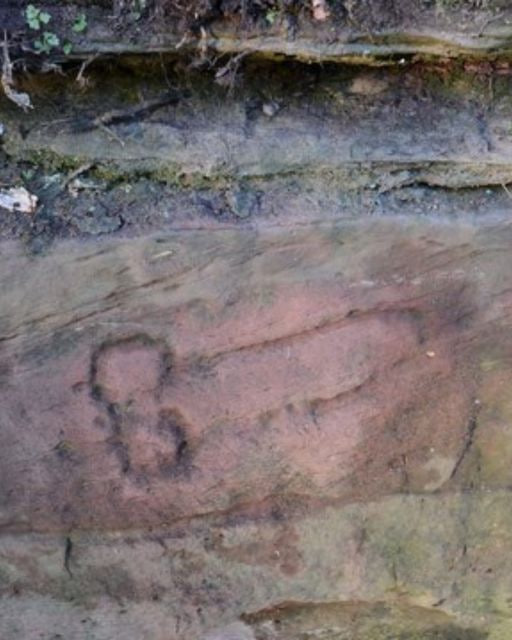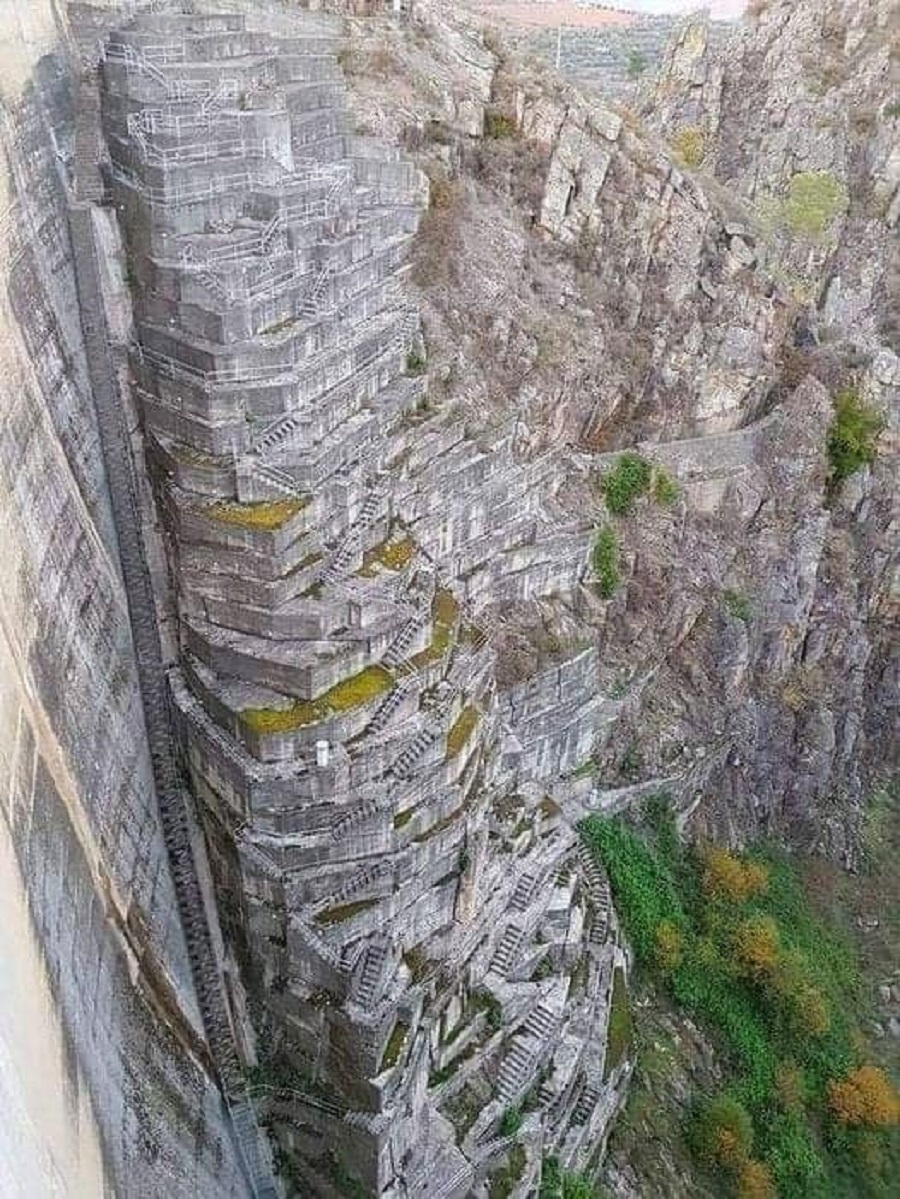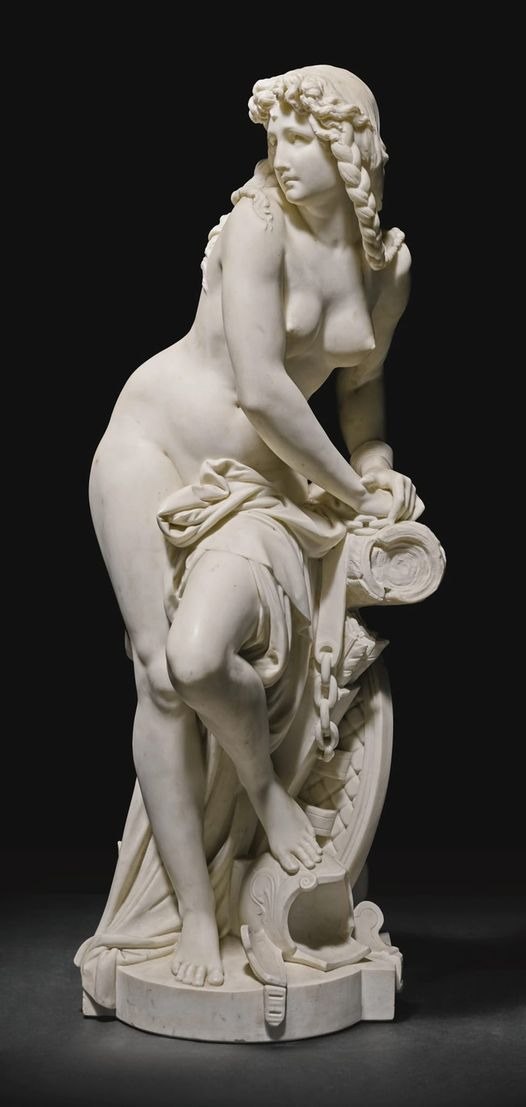The ancient ruins of Hadrian’s Wall, stretching across the rugged landscape of northern England, have long been a source of fascination for historians and archaeologists alike. Recently, a remarkable discovery has shed new light on the lives of the Roman soldiers who once manned this formidable barrier. An 1,800-year-old Roman carving has been unearthed, revealing tantalizing insights into the beliefs and practices of the ancient world.

Exploring the Roman Carvings:
The Roman carvings found on Hadrian’s Wall offer a glimpse into the daily lives and customs of the soldiers stationed along this strategic frontier. Among the most intriguing of these carvings are those depicting genitalia, which were scattered across the wall by Roman soldiers for a very specific purpose. While initially perplexing to modern observers, these phallic symbols were likely intended to ward off evil spirits and bring good luck to the soldiers stationed there. Such superstitious beliefs were common among the Roman military, who sought divine protection in their dangerous and uncertain surroundings.

Unraveling the Purpose:
The prevalence of genital carvings on Hadrian’s Wall speaks to the deeply ingrained beliefs and rituals of the Roman soldiers. In ancient Roman culture, phallic symbols were associated with fertility, virility, and protection against malevolent forces. By adorning the wall with these symbols, the soldiers hoped to invoke the favor of the gods and ensure their safety during their arduous military campaigns. The carvings also served as a form of camaraderie among the troops, reinforcing their shared identity and purpose in the face of adversity.

Hadrian’s Wall: A Symbol of Roman Power:
Constructed by the Emperor Hadrian in the 2nd century AD, Hadrian’s Wall was a monumental feat of engineering and a potent symbol of Roman imperialism. Stretching over 70 miles across northern England, the wall served as a defensive barrier against incursions from the north, marking the northernmost extent of the Roman Empire. The discovery of Roman carvings on the wall adds a new dimension to our understanding of this iconic structure, revealing the personal touches and beliefs of the soldiers who inhabited it.

The Significance of Archaeological Discoveries:
The uncovering of the Roman carvings on Hadrian’s Wall highlights the importance of archaeological research in reconstructing the past. Through careful excavation and analysis, archaeologists are able to piece together the intricate tapestry of human history, revealing the triumphs, struggles, and everyday lives of ancient civilizations. Each discovery offers a window into the past, enriching our understanding of the diverse cultures that have shaped our world.

Archaeologists Preserving the Legacy:
As custodians of our collective heritage, archaeologists play a vital role in preserving and interpreting the remnants of the past. The discovery of Roman carvings on Hadrian’s Wall is just one example of the invaluable contributions made by archaeologists in uncovering the secrets of our ancestors. By meticulously documenting and studying these artifacts, archaeologists ensure that the legacy of ancient civilizations continues to inspire and inform future generations. As we marvel at the wonders of Hadrian’s Wall and other archaeological treasures, we are reminded of the rich tapestry of human history that stretches across time and space.










